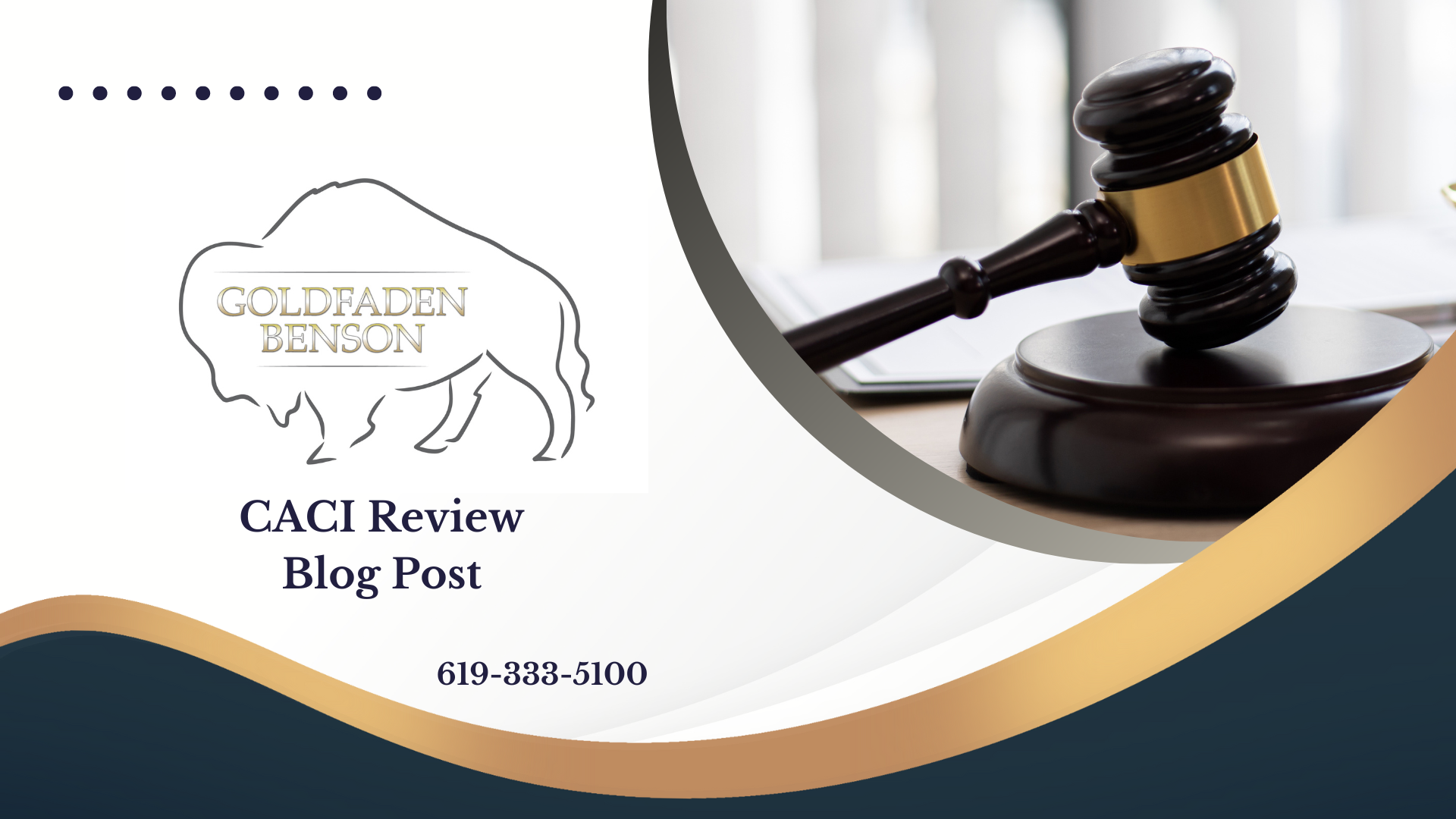Title: Understanding the Elements of Negligence in Personal Injury Cases
Understanding personal injury law can feel overwhelming, especially when it comes to proving a case in court. One of the most common bases for a personal injury claim is negligence. In California, negligence occurs when one party's failure to exercise reasonable care leads to injury or damage to another party. Here's a breakdown of what you need to prove in a negligence case to succeed.
The Essentials of Proving Negligence
To establish a negligence claim, a plaintiff must generally prove four key elements:
1. **Duty of Care**: The first step is demonstrating that the defendant owed a duty of care to the plaintiff. This duty requires individuals to act with a level of caution that any reasonable person would exercise in similar circumstances. For instance, drivers have a duty to operate their vehicles safely and follow traffic laws.
2. **Breach of Duty**: Next, you must show that the defendant breached that duty. A breach typically occurs when a person fails to act as a reasonable person would under similar circumstances. For example, if a driver runs a red light and causes an accident, that would be considered a breach of their duty of care.
3. **Causation**: After identifying a breach, you must illustrate a direct link between that breach and the injuries sustained. There are two types of causation to argue:
- **Actual Cause**: This is often referred to as "cause in fact." It means that the injury would not have occurred but for the defendant's actions.
- **Proximate Cause**: This element relates to the scope of the defendant's responsibility and whether the injury was a foreseeable result of their actions. If a defendant's breach was so ambitious that the resulting injury could not have been predicted, proximate cause may not be established.
4. **Damages**: Lastly, you need to show that the plaintiff suffered actual damages due to the breach of duty. This could be medical bills, lost wages, pain and suffering, or other losses that can be quantified.
Every negligence case is unique, which means proving these elements can vary considerably. It often requires gathering evidence, such as witness statements, photographs, and expert testimony, to strengthen the case.
Real-Life Application of Negligence
Imagine someone slips and falls in a grocery store because the floor was wet but no caution sign was posted. Here, the grocery store has a duty to its customers to maintain a safe environment. If the store manager knew about the wet floor and failed to put up a warning sign, that’s a breach of their duty. If this caused you to suffer a sprained ankle, you may have grounds for a negligence claim.
The Importance of Legal Help
Navigating the legal system can be complex. If you’re considering pursuing a personal injury case based on negligence, consulting with an experienced attorney can help clarify the process and strengthen your claim. At Goldfaden Benson, we offer clients the support and guidance needed to navigate their personal injury claims effectively.
If you have any questions about negligence or want assistance regarding your personal injury case, you can reach out to our firm. Visit our Contact Us page for more information. Understanding your rights and the process is crucial, and we're here to help you through it.
Have you encountered a situation where negligence impacted you? Contact Goldfaden Benson today to discuss your case.








